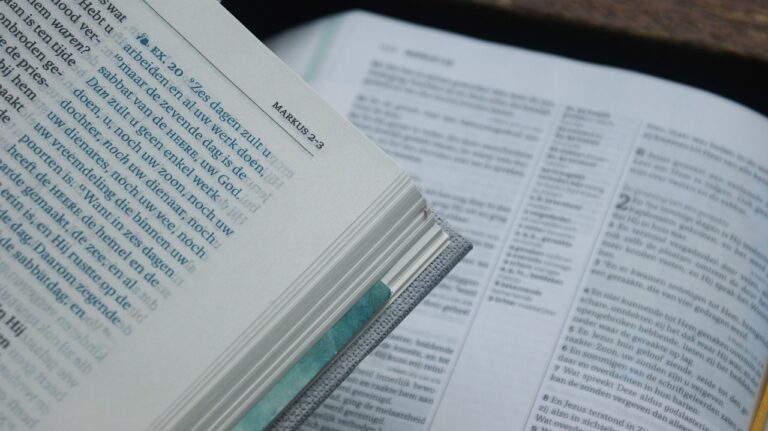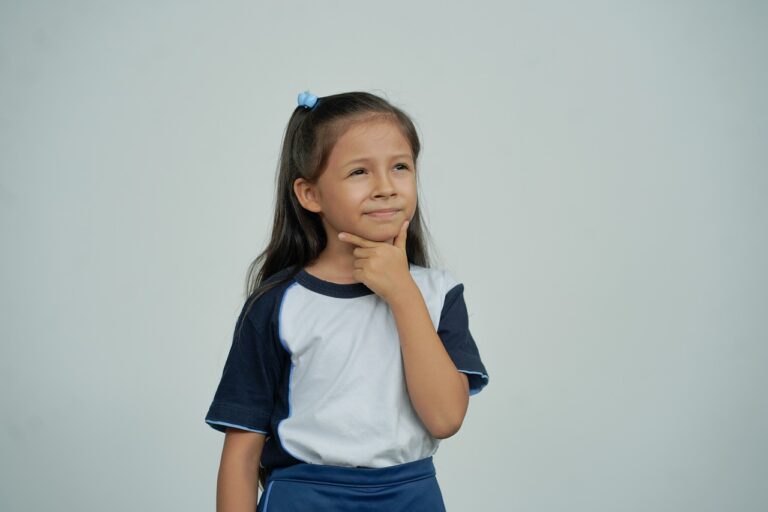Strategies for Teaching Media Literacy to Elementary Students
In today’s digital age, media literacy is an essential skill that empowers individuals to critically analyze and evaluate the vast amount of information presented by various media sources. Understanding the key concepts of media literacy aids individuals in distinguishing between credible and biased sources, discerning propaganda from factual content, and recognizing the persuasive techniques used in media messages.
Media literacy also involves being able to deconstruct media texts, including print, audio, visual, and digital forms, to uncover the underlying messages, values, and beliefs they convey. By developing media literacy skills, individuals can navigate the complex media landscape with a greater sense of awareness and discernment, enabling them to make informed decisions and engage with media content more critically.
Understanding Different Types of Media
When it comes to consuming media, it is crucial to recognize the various forms it can take. Media can include traditional outlets such as newspapers, television, and radio. These platforms have been longstanding sources of information and entertainment for many people. On the other hand, digital media has rapidly grown in popularity with the rise of the internet and social media platforms. Websites, podcasts, streaming services, and social networking sites are all examples of digital media that have become integral parts of our daily lives.
Understanding the differences between these types of media is essential for navigating the vast landscape of information available to us. Each type of media has its unique characteristics and influences how content is created and consumed. Traditional media often follows established journalistic principles, providing in-depth reporting and analysis. In contrast, digital media allows for more interactive and personalized experiences, with content that can be instantly shared and accessed worldwide. By being aware of these distinctions, we can better evaluate the reliability and credibility of the information we encounter across various media channels.
Identifying Bias in Media
Bias in media can manifest in various forms, influencing the way information is presented and perceived by the audience. One common type of bias is political bias, where news outlets may favor one political ideology over another, leading to slanted reporting and selective use of facts. It is essential for media consumers to be aware of this bias to avoid forming skewed perceptions of reality based on biased information.
Another form of bias in media is commercial bias, where news organizations may prioritize stories that attract higher viewership or cater to their advertisers’ interests. This can result in sensationalized or misleading content that prioritizes profit over providing objective news. By being mindful of commercial bias, individuals can critically evaluate the information presented to them and seek out alternative sources to gain a more balanced understanding of current events.
What are some key concepts of media literacy?
Some key concepts of media literacy include understanding the purpose of media messages, being able to analyze and evaluate media content critically, and being aware of how media messages shape our perceptions and beliefs.
How can I understand different types of media?
Understanding different types of media involves recognizing the differences between traditional media (such as newspapers and television) and digital media (such as social media and websites), as well as understanding the various formats and platforms through which media content is distributed.
How can I identify bias in media?
Bias in media can be identified by being aware of the perspectives and interests of the media outlet, recognizing the use of loaded language or emotional appeals, and comparing different sources of information to get a more balanced view. It’s also important to consider the potential impact of bias on the content being presented.





